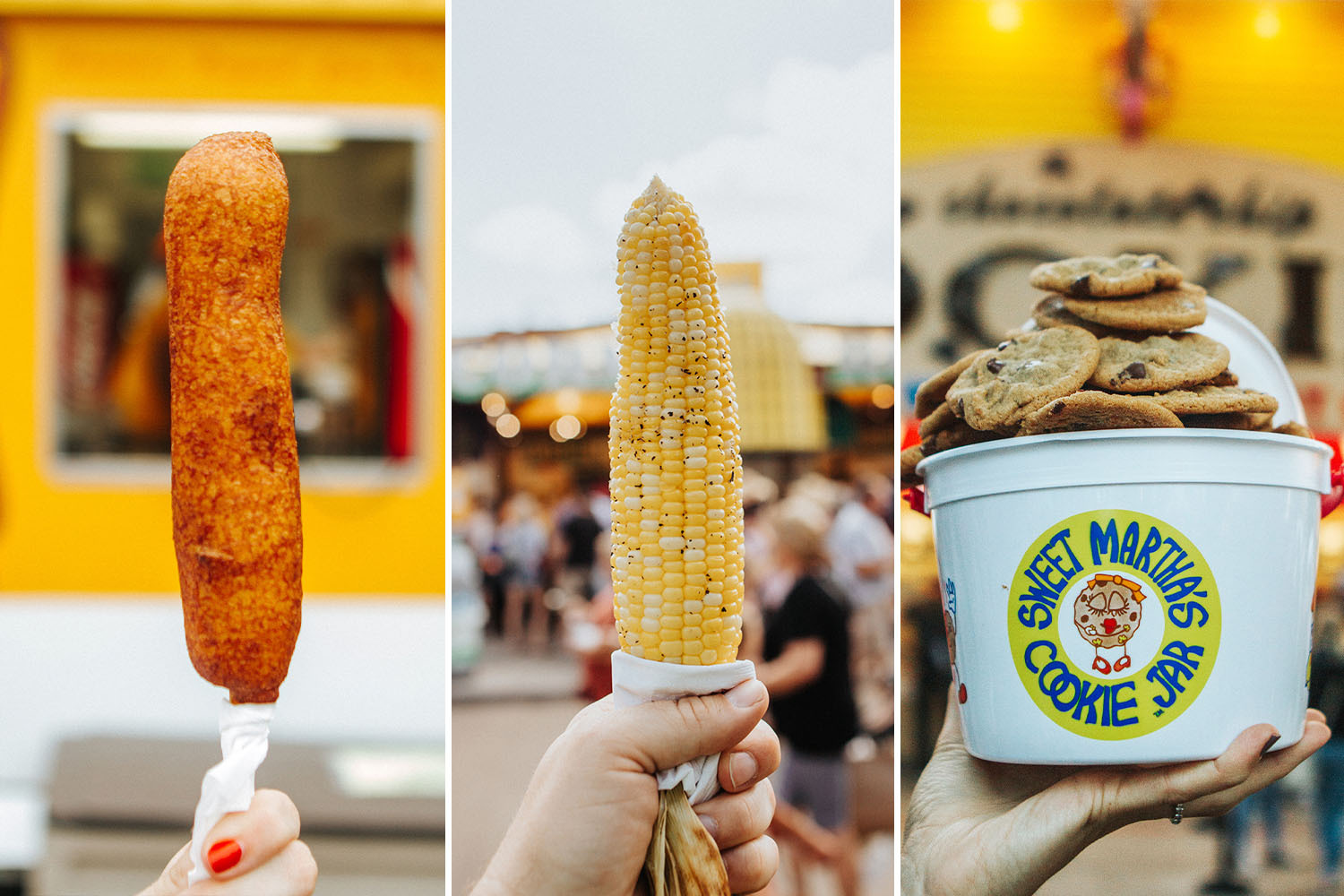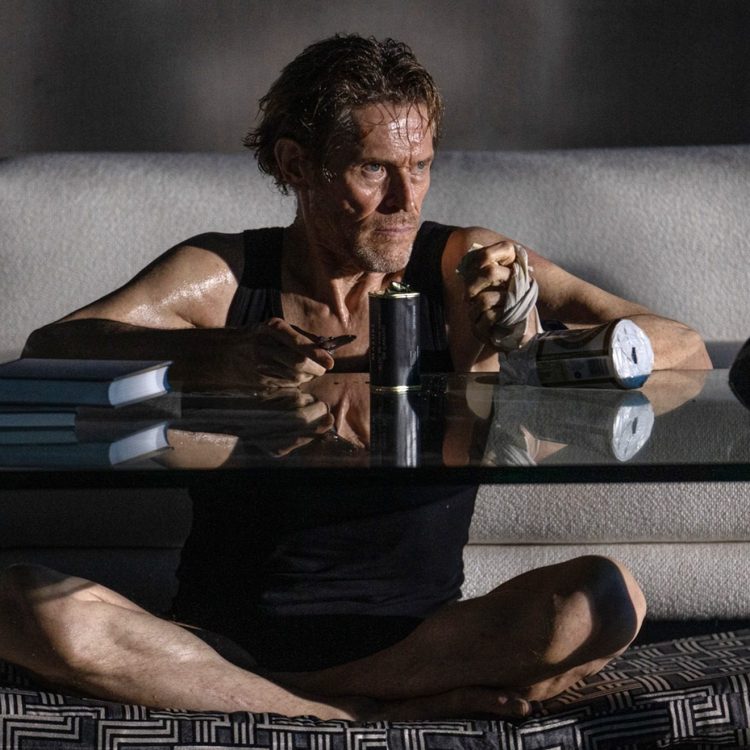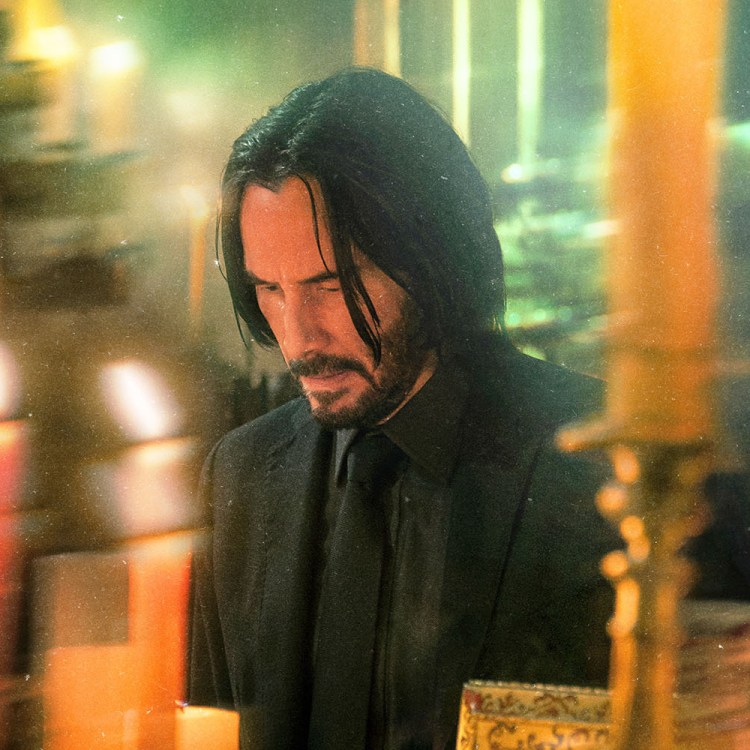This story is part of our Dog Days Survival Guide, a collection of essays, recommendations and how-tos to help you get through the hottest days of the year.
At the outset of the pandemic, shell-shocked Americans were looking to scrounge up a bit of good news wherever they could find it. Suddenly, everyone was either going to qualify for The Great British Bake Off or write the great COVID-era novel, and one nostalgic-fueled institution was poised for a comeback: the drive-in movie theater.
You’ve most likely heard this claim at some point — every major media outlet cooked up some version of this story: the cooped-up masses, desperate for some fresh air, the company of strangers and someone else deciding what movie to watch, were now flocking to drive-ins, those forgotten movie palaces nestled amongst corn fields, forests and one-stoplight towns across the country. Some, like the Los Angeles Times and The New York Times, reported the resurgence less than two weeks after the WHO declared the pandemic. Others, like NBC News, waited a few months, maybe to see if it was a fluke.
The problem with many of these portraits, as people who never stopped going to drive-ins know, is that America’s outdoor theaters are not equivalent to other movie-theater chains. First of all, we know exactly how many big-box theaters exist — we have that hard data — but the number of U.S. drive-ins that most news sources cite (305) is taken from questionable data from 2019.
As for the locations themselves, when you go to an AMC, you expect to get approximately the same experience as a Regal or a Cinemark. Drive-ins, meanwhile, can be sophisticated multi-screen complexes with online ticket sales and full dinner service with a smile, or they can be rag-tag, single-screen, highway-adjacent affairs hanging on by a thread, like Vali-Hi in Lake Elmo, Minnesota, the drive-in I’ve been going to for years — ever since they paved over the Cottage View Drive-In and put up a Walmart. No kidding.
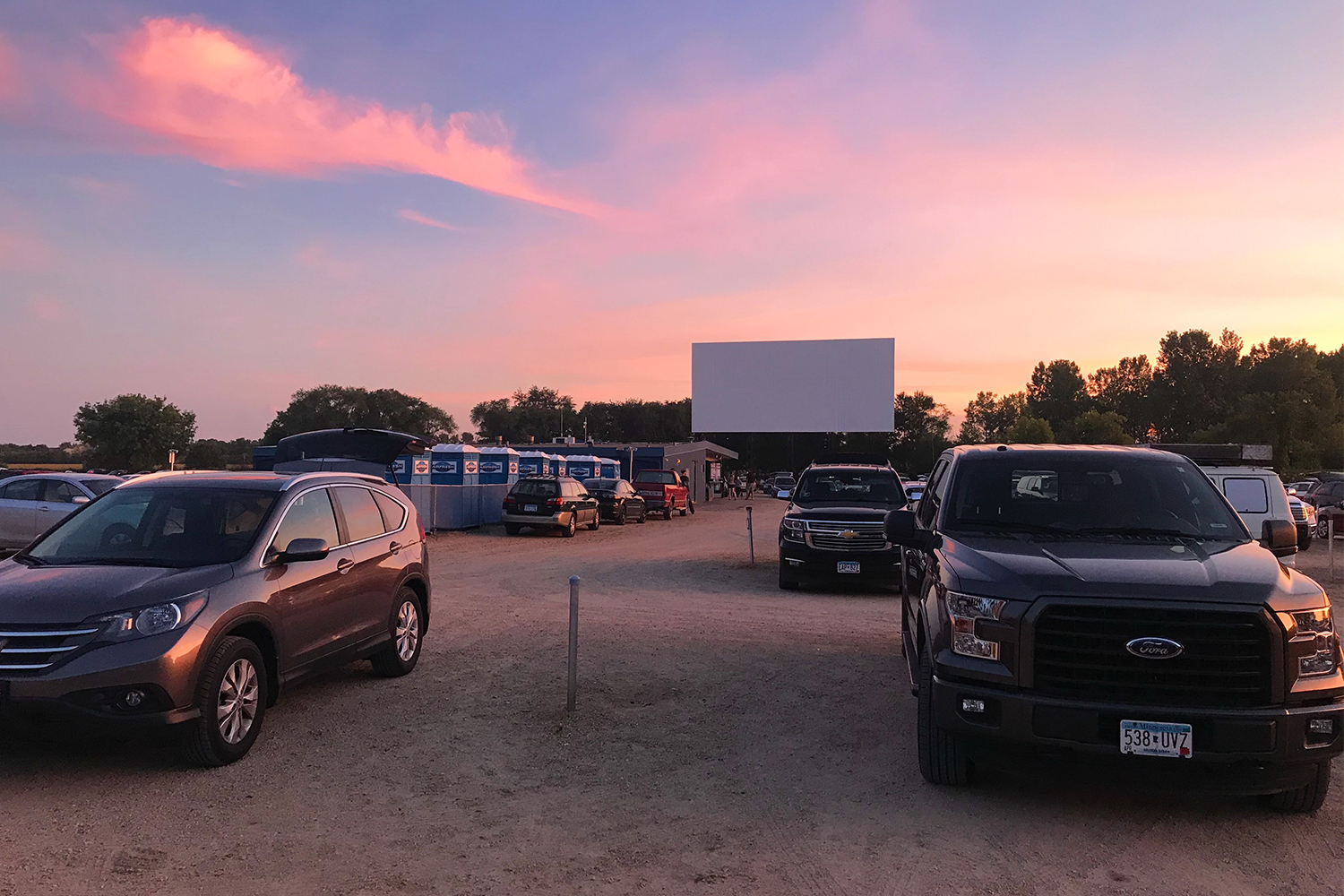
I wasn’t sure what I’d find at Vali-Hi in the age of coronavirus. After all, the proclamations about drive-ins being ideal for social distancing seem to be made by people who have never seen Grease, heard about that Chainsmokers Hamptons concert or actually, you know, watched a blockbuster under the stars.
In college, we’d pack as many people as possible in one car, with the smallest in the trunk, to save on admission, which has always been cash only. Once parked on the gravel between speaker posts, we’d toss a frisbee with the rest of the audience in the grass in front of the towering screen, squeeze into the black-and-white photo booth in the concession building, and inevitably ask a stranger to jump our battery when our car wouldn’t start after the third movie. I’ll leave the bum-rush bathroom situation to your own imagination. So no, people don’t normally stay in their cars.
When I returned to Vali-Hi this August with a group of friends, we didn’t lock ourselves in our Nissans or Volkswagens either, but we did take the necessary pandemic precautions. Instead of assembling the traditional clown car, different households drove separately, and we didn’t all meet at the first gas station off the freeway — where we’d always procure pour-your-own Icees and other movie snacks — instead opting for a cooler of Mexican Cokes and beers for those not driving home afterwards. Plus, we packed the essentials, like masks and hand sanitizer, preparing for a certain negligence towards COVID-era rules that, oddly enough, city residents expect from rural folks, and townies expect from vacationers.
After driving on the frontage road past a 30-foot banner advertising sweet corn, we pulled in where the red, white and blue neon sign advertised the movies of the night, a double-feature of Jurassic Park followed by Jaws, since Vali-Hi switched to classic films once the steady stream of new releases was cut off. At the drive-up entrance booth I got my first sign we might be in for a bit of trouble when the white-haired woman tearing off yellow tickets exclaimed, “Thank you for wearing your mask!” — insinuating others were not, despite being less than six feet away and still paying in cash, something only the least tech-savvy operations seem to be doing these days.
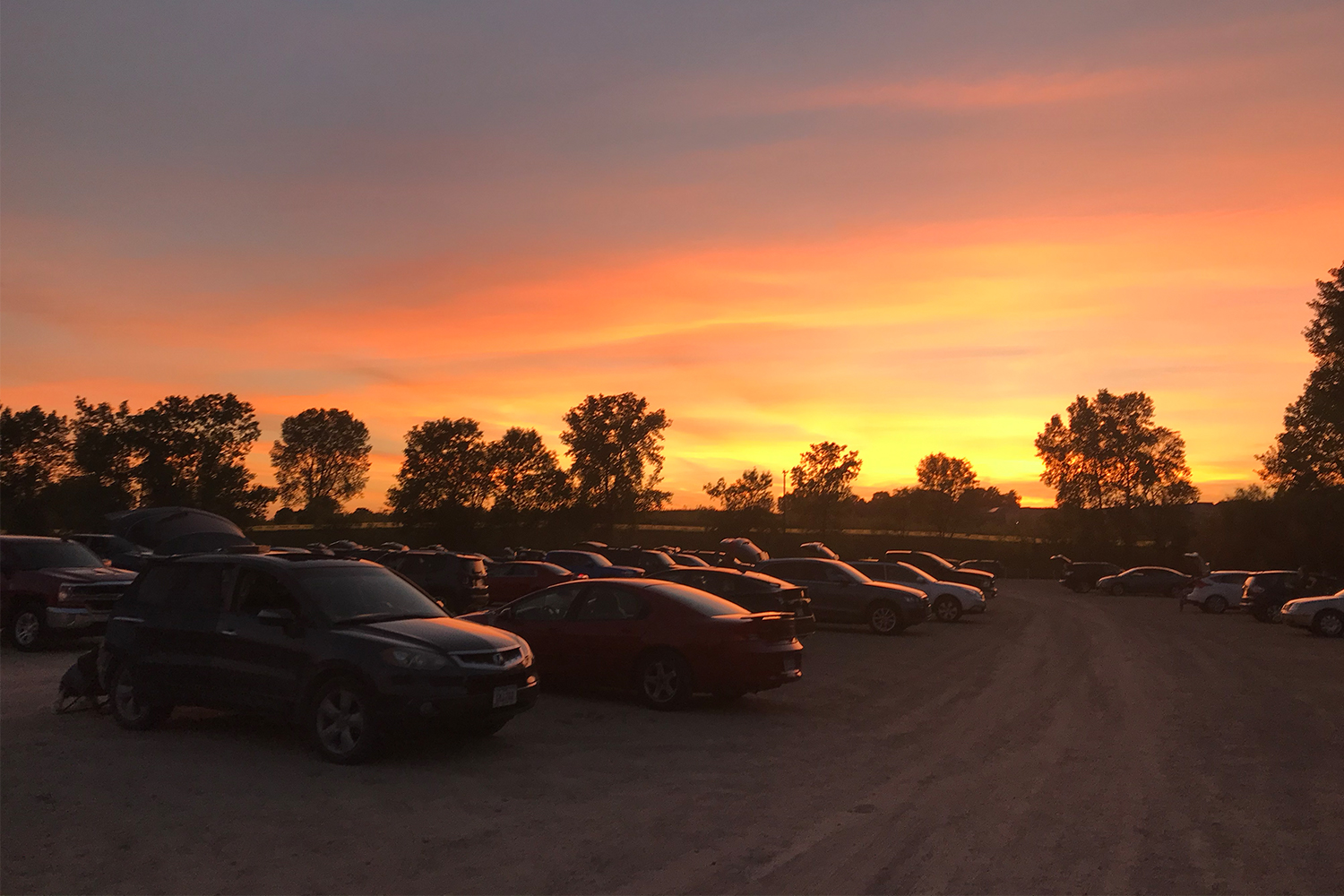
That momentary concern aside, the moviegoers were surprisingly, hearteningly conscientious. Roaming the gravel lot, whether to get popcorn at the concession window (instead of going inside) or visit the stable of Porta-Potties (instead of the traditional indoor germ incubator), high schoolers and Harley-Davidson-cutoff-wearing dads alike were wearing face masks and taking a wide berth around cars, made easier by the fact that capacity was cut by 50 percent. Walking around myself, through the coal remnants of portable grills, I finally came up with the justification I need to buy a used Silverado pickup: it’s the perfect drive-in vehicle. Just open up the rear window so you can hear the movie (through the radio, tuned to 90.1 FM) and stock your truck bed with blankets, bean bags and bug spray.
Even if you do count yourself among the interaction-starved masses, you may be asking yourself: Is it worth it to drive out to the boonies and pay money to watch a movie you could stream on Netflix, all while mosquitos skitter up your jeans and through the arms of your sweatshirt? Wouldn’t it be better if all drive-ins got with the times and figured out 21st-century programming, like Garth Brooks and Blake Shelton concerts?
Funnily enough — and drive-in regulars can back me up on this — watching a 50-foot-tall Jurassic Park turned out to be one of the best moviegoing experiences I’ve had at Vali-Hi. Sound quality is admittedly one of the worst parts about the drive-in, especially if you’re sitting in the back of an SUV with the tailgate open or next to your car in a folding chair, but when you already know that Jeff Goldblum is going to whisper, “Life … uh … finds a way,” or Samuel L. Jackson is about to tell you to “hold onto your butts” with a cigarette dangling from his lips, you don’t need the Dolby surround sound that blows out eardrums in AMCs. A feel-good dinosaur romp under the sweeping Milky Way, which you can actually see once you’re outside the city lights, is more than worth the $10 admission.
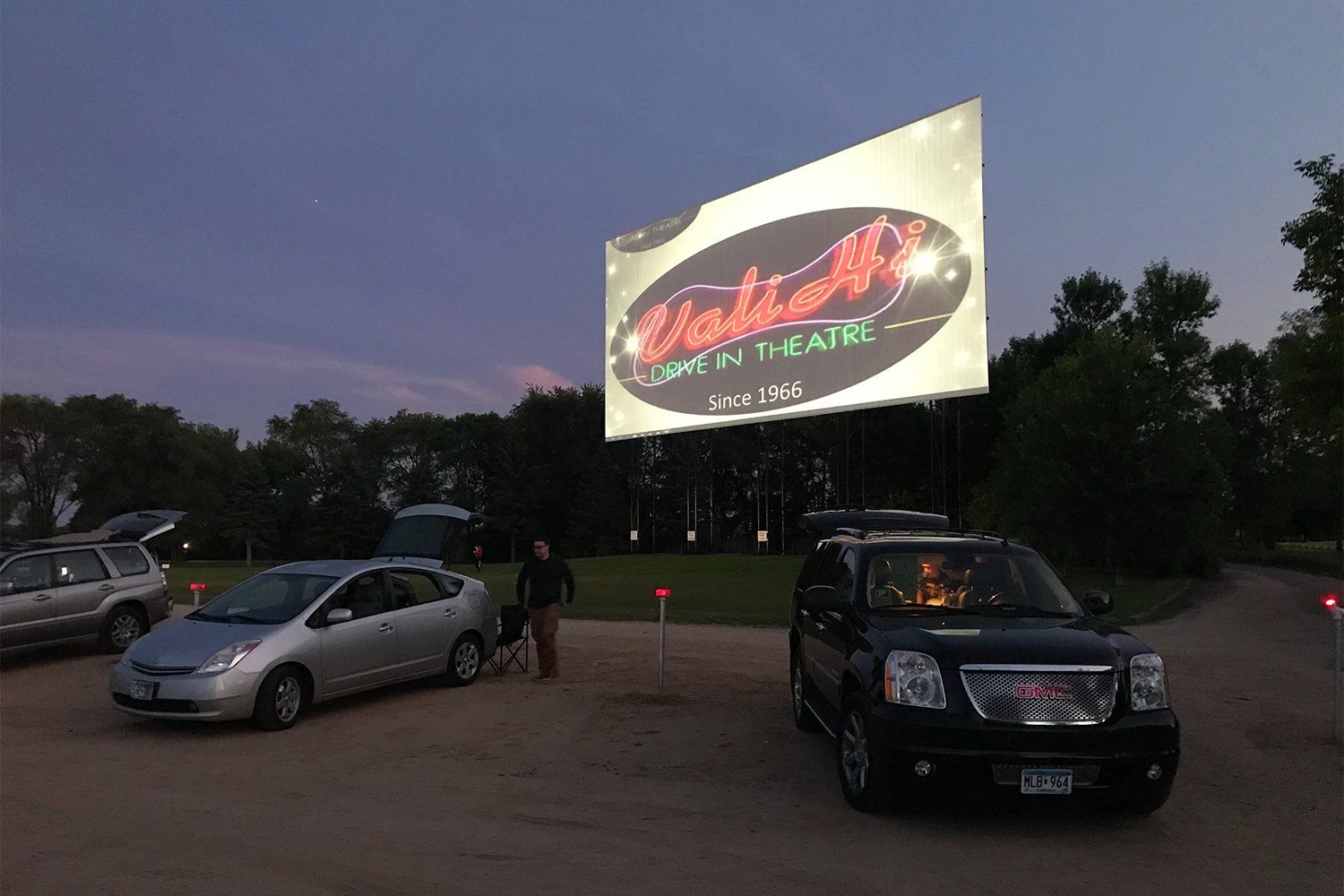
It would seem others agree. Even though we went on a Sunday night, the slots were filled up all the way to the rear of the lot, and some people were pulling out all the stops for their rare ventures out of the house. After the credits rolled on Isla Nublar, I watched a stretch limo roll down the gravel and off into the night.
On the whole, the revival of the American drive-in is almost certainly exaggerated. So while you won’t see any Walmarts being razed, trucked away and replaced by weatherproof movies screens — in fact, the retail behemoth is capitalizing on the nostalgia itself, because of course it is — maybe we’ll learn to appreciate the drive-ins that still exist, and make sure we hold onto the remaining 305 we have left, or however many are actually out there.
This article was featured in the InsideHook newsletter. Sign up now.



